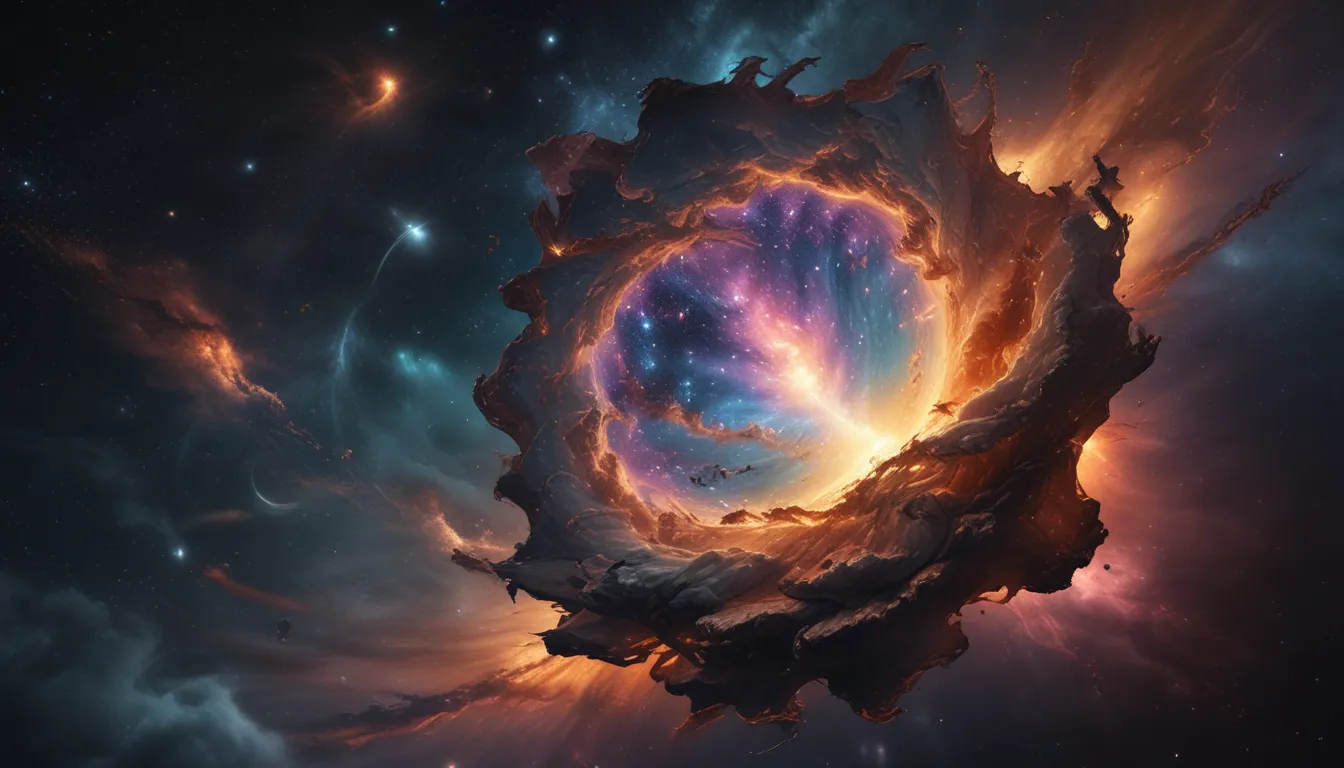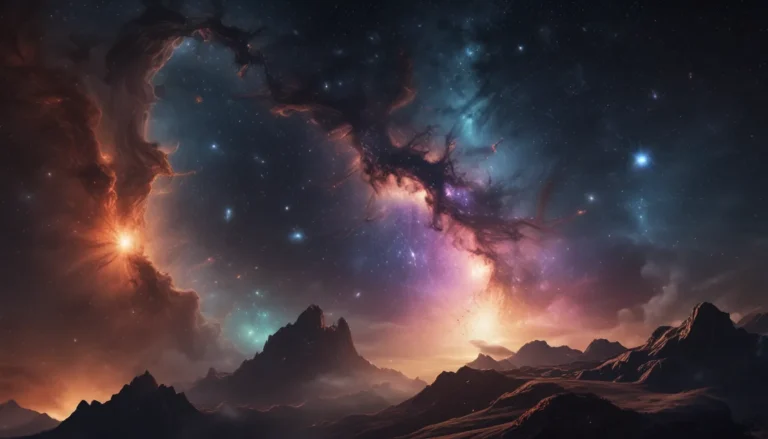The pictures we use in our articles might not show exactly what the words say. We choose these pictures to make you interested in reading more. The pictures work together with the words but don’t take their place. The words still tell you the important facts.
Supernovae, the colossal star explosions that shape galaxies and create essential elements for life, are among the most captivating events in the universe. From their immense energy release to their impact on the birth of stars and planets, supernovae hold a key role in the cosmic cycle. In this article, we will explore 15 unbelievable facts about supernovae that will leave you in awe of the wonders of the cosmos.
Exploring the Phenomenon of Supernovae
Supernovae are extraordinary astronomical events marked by the sudden and intense explosion of a star. These explosions release an incredible amount of energy, often surpassing the brightness of an entire galaxy. There are two main types of supernovae: Type I and Type II. Type I supernovae occur in binary star systems, while Type II supernovae result from the collapse of massive stars under their own gravity.
Unveiling the Characteristics of Supernovae
During their peak, supernovae can emit extraordinary amounts of light and energy, outshining entire galaxies. These powerful explosions play a vital role in the creation of heavy elements such as gold, silver, and uranium, which are essential building blocks for planets and life forms. In some cases, supernovae can lead to the formation of neutron stars or black holes, incredibly dense remnants with strong gravitational forces.
Understanding the Impact of Supernovae
The energy released during supernova explosions is equivalent to that emitted by the Sun over its entire lifetime. These explosions can trigger the formation of new stars by impacting the surrounding interstellar medium. Supernovae can leave behind stunning remnants known as supernova remnants (SNRs), which interact with the interstellar medium to create intricate structures like the Crab Nebula.
Supernovae in Galactic Evolution
Supernovae play a crucial role in shaping galaxies by enriching the interstellar medium with energy and elements necessary for the formation of stars, planets, and life. They can also be used as tools for measuring cosmic distances, providing invaluable insights into the vastness of the universe.
The Diversity of Supernovae
Supernovae emit radiation across the entire electromagnetic spectrum, from radio waves to gamma rays, offering astronomers a wealth of information about these cosmic events. They occur not only in our Milky Way galaxy but also in other galaxies throughout the Universe, influencing the birth and death of stars in diverse ways.
Supernova Classification and Rarity
Supernovae are classified based on their spectral features, helping astronomers understand the mechanisms driving these explosive events. While supernovae are incredible cosmic phenomena, they are relatively rare in the Universe, occurring about once every 50 years in a galaxy.
Unraveling the Mysteries of Supernovae
Supernovae continue to astonish scientists and space enthusiasts with their incredible power and complexity. By delving into the world of supernovae, we gain a deeper understanding of the universe we inhabit and the mysteries it holds. With advanced telescopes and space exploration missions, we are poised to uncover even more astonishing facts about these celestial phenomena.
Frequently Asked Questions About Supernovae
What causes a supernova to occur?
A supernova occurs when a massive star undergoes a catastrophic explosion at the end of its life, triggered by the collapse of its core or the eruption of its outer layers.
Are all supernovae the same?
No, there are different types of supernovae, including Type I and Type II, each resulting from distinct mechanisms.
How bright are supernovae?
Supernovae are incredibly bright and can outshine entire galaxies for a brief period, releasing immense energy.
Can a supernova harm Earth?
For a supernova to harm Earth, it must occur relatively close, within about 30 light-years, which is unlikely.
How do supernovae contribute to the creation of new elements?
Supernovae produce heavy elements beyond iron, dispersing them into space to form new celestial bodies.
Can we detect supernovae from Earth?
Yes, astronomers use observatories and telescopes to detect and study supernovae by analyzing changes in brightness and spectral characteristics.
How often do supernovae occur?
Supernovae are rare events, with an average rate of about one every 50 years in a galaxy.
Have any supernovae been observed in modern history?
Yes, several supernovae have been observed in modern times, including the famous Supernova 1987A.
Can supernovae create black holes?
Under specific conditions, a supernova explosion can lead to the formation of a black hole through the collapse of a star's core.
Are supernovae dangerous for space exploration?
Supernovae can release radiation and high-energy particles, posing potential risks that can be mitigated with proper safety protocols.






